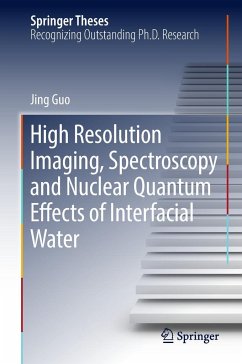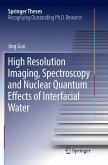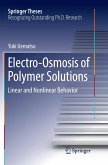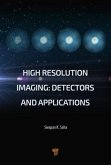This thesis presents a series of experimental techniques based on scanning probe microscopy, which make it possible access the degree of freedom of protons both in real and energy space. These novel techniques and methods allow direct visualization of the concerted quantum tunneling of protons within the hydrogen-bonded network and quantification of the quantum component of a single hydrogen bond at a water-solid interface for the first time. Furthermore, the thesis demonstrates that the anharmonic quantum fluctuations of hydrogen nuclei further weaken the weak hydrogen bonds and strengthen the strong ones. However, this trend was reversed when the hydrogen bond coupled to the local environment. These pioneering findings substantially advance our understanding of the quantum nature of H bonds at the molecular level.








